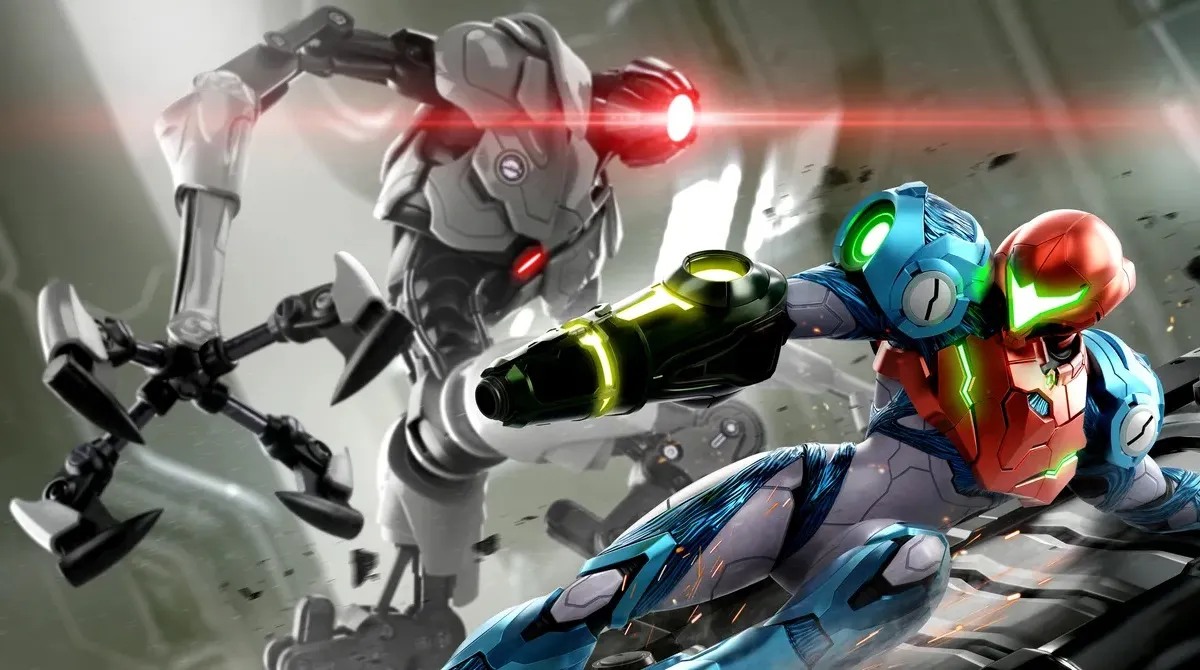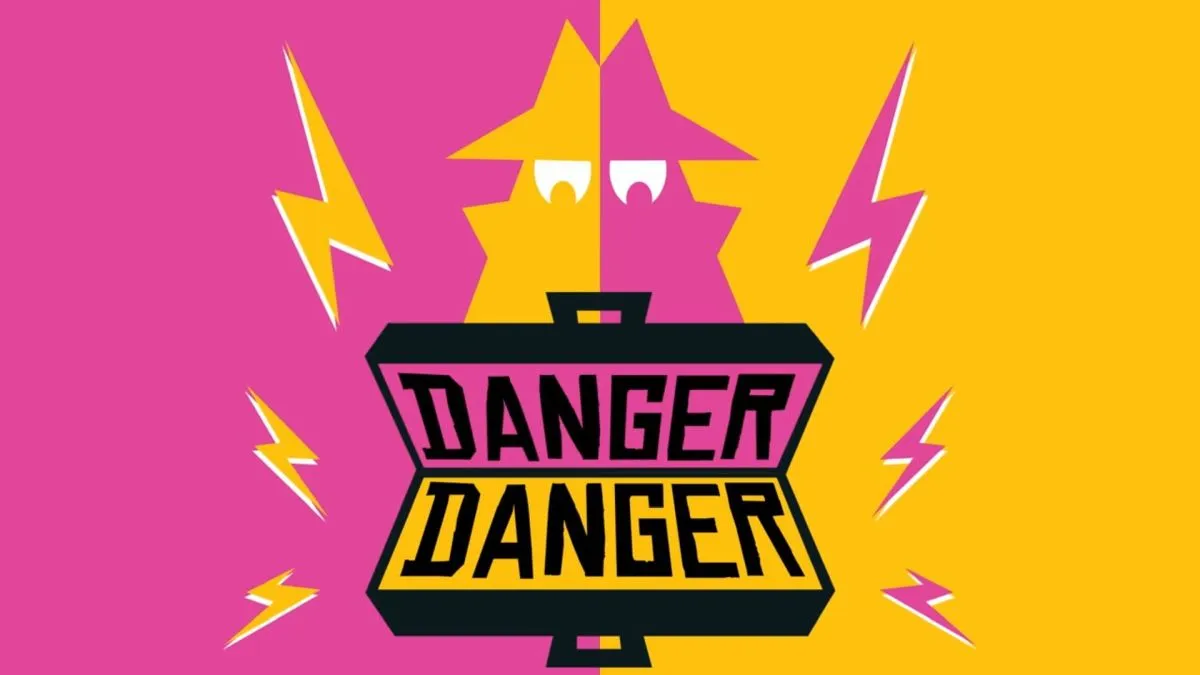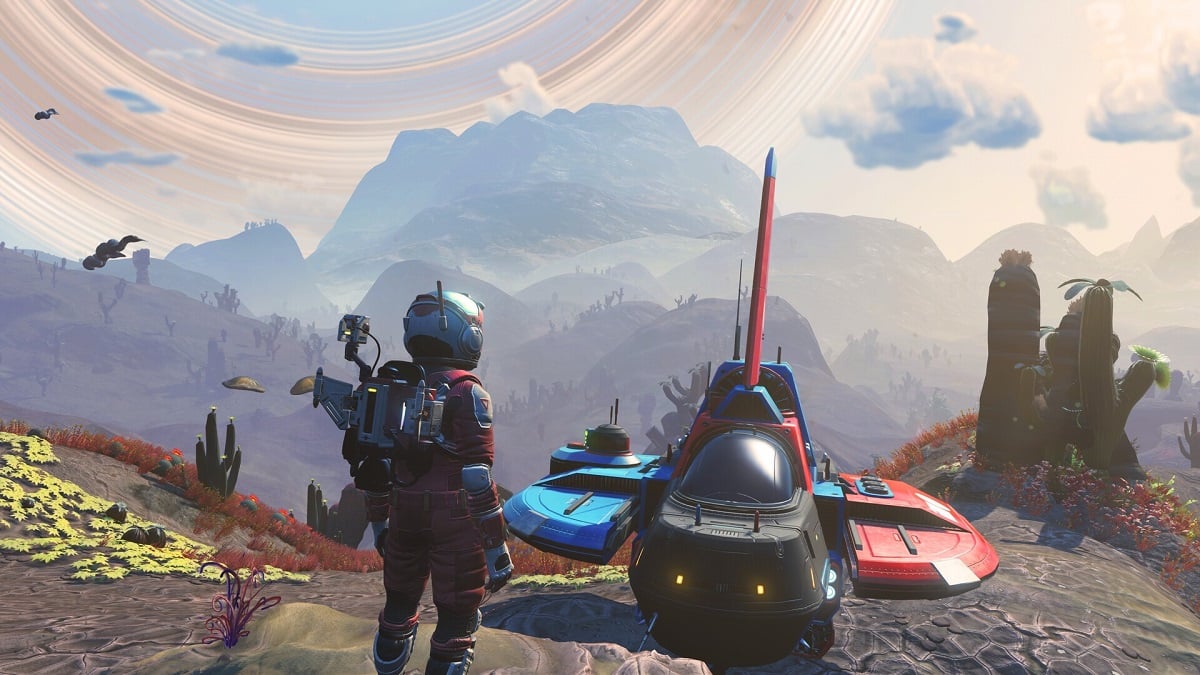For many of us, Metroidvanias hold a special place in our hearts. Deep, engaging, and oftentimes remarkably replayable, a good Metroidvania is one of those games you keep coming back to, and this article aims to give you ten phenomenal Metroidvania games you can play today.
Metroidvanias are, as defined by our very own Zoey Handley, “nonlinear [games] with gated exploration.” It’s an inelegant term – almost to the same extent as “immersive sim” – but most gamers do get a solid idea of what to expect from a game described as such. Indeed, if you clicked on this, then you’re positively yearning for some solid Metroidvania’ing, and that’s what I’m here to set you up with.
What are the best Metroidvania games?
Here’s the thing about Metroidvanias, though: depending on how far you want to expand your definition of the genre, you may end up in a situation where the likes of Dark Souls and Control are Metroidvanias, too. That’s fair in my book, as these games both are, very obviously “nonlinear” and feature “gated exploration,” but for this article, I’m going to take the more traditionalist route: we’re sticking to platformers, specifically.
Top 10 Best Metroidvania Games
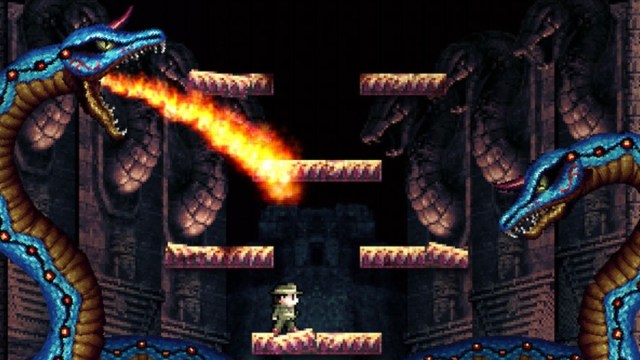
#10: La-Mulana
Billing itself as an “Archaeological Ruin Exploration Game,” La-Mulana is a bit of a weird egg through and through. It’s Indiana Jones through the lens of a Japanese game developer, and despite its genius, it’s not an easy game to recommend to everyone. That’s because La-Mulana is a few notches more hardcore than anything else on this list, and it’s almost as if it revels in getting you lost and confused. This is a fairly difficult Metroidvania that requires a lot from the player (especially in the puzzle-solving department), but it’s extremely well put together regardless.
If you’re a veteran of the niche and want something that’ll put you through your paces, La-Mulana is the way to go. For many of us, though, it may well remain the sort of beast you admire from afar.
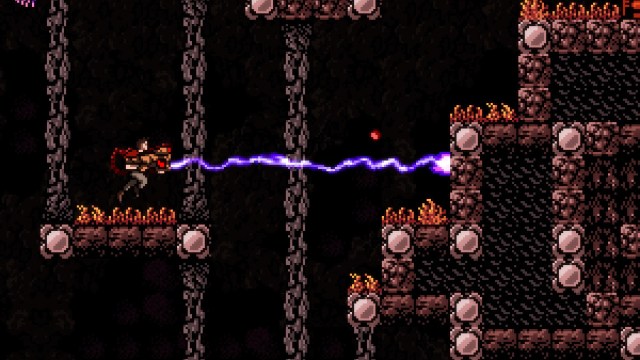
#9: Axiom Verge
Axiom Verge is about as close to being a full-blooded Metroid clone as it could get without stepping on Nintendo’s toes. This is no critique, mind: Axiom Verge wears its inspiration on the sleeve, and it’s all the better for it.
What you’re getting here is a thoroughly impeccable Giger-esque bio-mech horror vibe bolstered by a rock-solid gameplay and exploration loop. Axiom Verge isn’t nearly as tough as La-Mulana, but it is challenging in all the right ways. The combat, too, remains satisfying throughout the campaign thanks to the remarkable variety of weapons and tools found in Axiom Verge. What’s more is that the story, which is inspired in small parts by Akkadian and old Slavic mythology, is way better than you’d expect, lending itself to theory-crafting even after the sequel came out.
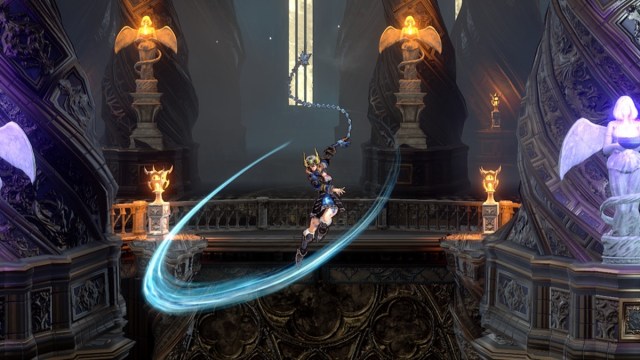
#8: Bloodstained: Ritual of the Night
Penned by Koji Igarashi of Castlevania: Symphony of the Night, the original Bloodstained game is one of the biggest gaming successes off of Kickstarter, having been funded with gusto back in 2015. Make no mistake, Bloodstained: Ritual of the Night is unlikely to top any of the true classics on most Metroidvania lists, but it sure as heck gets close in the gameplay department.
Really, though, Bloodstained: Ritual of the Night is about as close to being a legally different Castlevania as it could possibly get. For some, that’ll be a huge boon, while others won’t be thrilled about having to deal with archaic-feeling controls and combat systems.
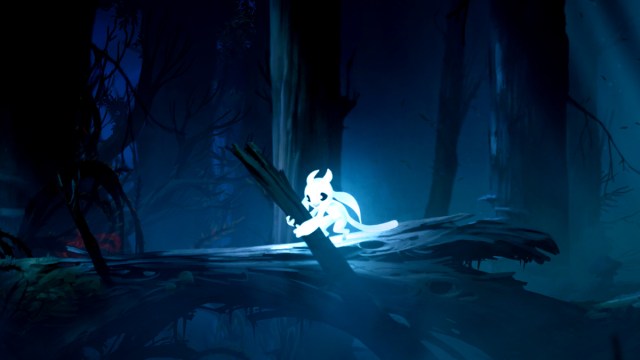
#7: Ori and the Blind Forest
Of course, both Ori and the Blind Forest and the sequel, Will of the Wisps, are phenomenal titles. Visually stunning, with a touching narrative and stellar gameplay, Ori games made a name for themselves for good reason, but I’m hard-pressed to rate the sequel higher than the original for the purposes of this list.
That’s because Blind Forest is a fair bit more streamlined and focused than its successor: simple, direct, and straightforward, the original Ori has a briskness to it that the sequel cannot keep up with. Will of the Wisps is, technically, the superior product. It’s more complex and layered, with more content and abilities to show for your efforts. In taking up all of its upgrades, however, Will of the Wisps lost the original game’s focus along the way, and having more to offer doesn’t always equate to being better, in my book.
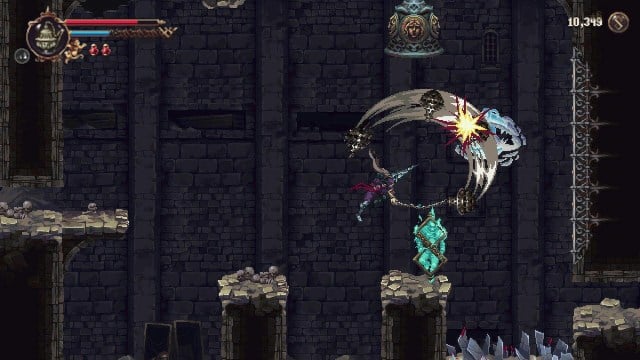
#6: Blasphemous
It’s not even a point of contention that Blasphemous deserves a spot on this list, but much discussion has been had on whether the original or the sequel is better. Once again, then, I lean towards the original in lieu of what comes after it. And once again, it’s not that Blasphemous 2 is bad: it just lacks the purity of vision that came integrated into the original.
Indeed, the first Blasphemous is just one step removed from being a piece of art. Its narrative is strong and deeply disturbing, with appropriately horrific artwork to back it all up. Gameplay-wise, it’s a Metroidvania through-and-through: simple in concept and complex in execution, with virtually no fat to trim up on. Blasphemous 2 just wasn’t quite as big of a deal as the original.
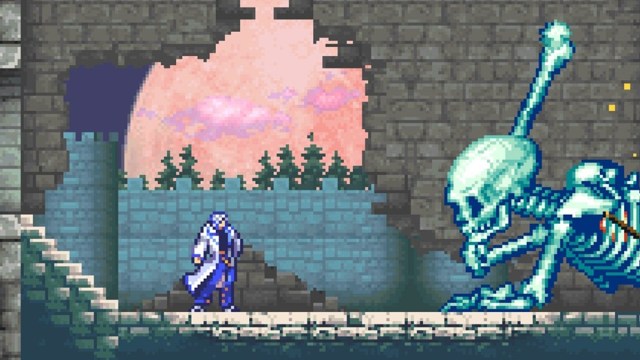
#5: Castlevania: Aria of Sorrow
With two decades having whisked past us since Aria of Sorrow first came out, this Castlevania still stands a notch above almost every other Metroidvania on the market. Virtually every element of this game came together impeccably well, with the meticulous escalation of difficulty and player progression making every new encounter a joy to tackle.
One particularly praiseworthy feature of Castlevania: Aria of Sorrow is its level design. It’s so easy for a Metroidvania to end up with an overcomplicated and hard-to-parse overworld, but this never happens to Aria of Sorrow. The game, instead, remains polished and satisfying whether you’re only just getting started or hours into its story, which massively helps elevate it above the competition.
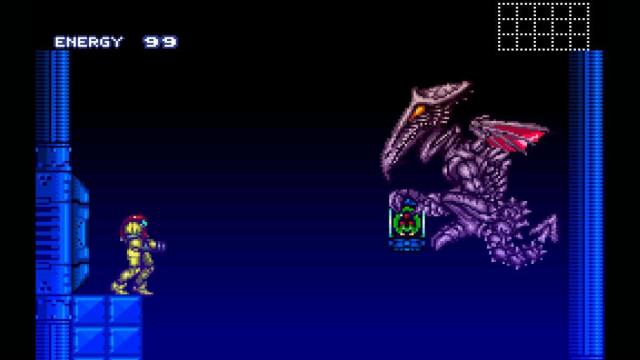
#4: Super Metroid
Super Metroid is one of those games that were monumental in their heyday, only to age like fine wine even though the newer genre examples obviously improve upon the core concept of a Metroidvania in every meaningful way. But, as I’ve said before, adding more stuff to something doesn’t necessarily make it better, and in some ways, Super Metroid is about as pure of a Metroidvania as you can get.
Super Metroid‘s sense of exploration and atmosphere is virtually unmatched by almost anything else. Sure, Samus is a bit floaty in this game, and yes, some unintuitive UI does come in the way every so often, but this release sets the bar for the whole subgenre. Super Metroid‘s controls haven’t aged well, admittedly, but the meticulous design and stellar progression more than make up for these problems.
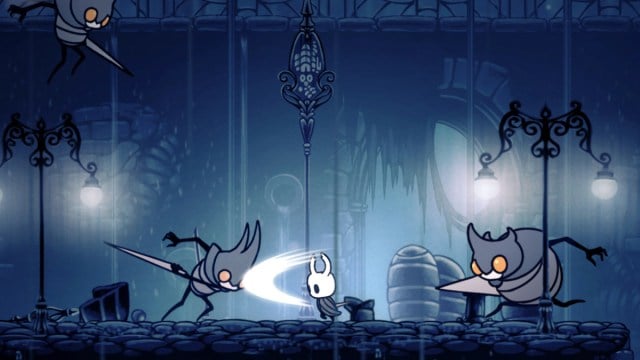
#3: Hollow Knight
The most beloved of all indie darlings, Hollow Knight is a phenomenal Metroidvania no matter how you look at it. The game simply checks all the boxes: excellent world design and lore, pinpoint-precise movement, simple but challenging combat… you name it, the odds are good that Hollow Knight‘s done it remarkably well.
Some games are made in such a way that care oozes out of their every feature, and Hollow Knight is one of them. Considering my track record with judging sequels versus what came before, it’ll be interesting to see how the upcoming Hollow Knight: Silksong stacks up to this entry. Until it comes out, though, there’s nothing to argue about: Hollow Knight is a must-play for any Metroidvania fan.
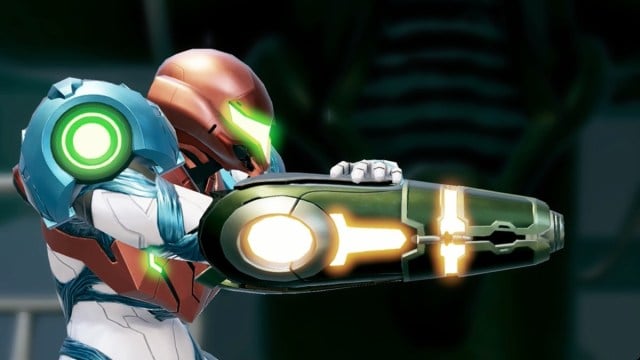
#2: Metroid Dread
It’s almost unbelievable how slick and satisfying Metroid Dread is. This game takes everything the Metroid franchise is known for, bumps it up to eleven with impeccable polish, and then throws in a curveball or two to keep things interesting.
I am, of course, talking about the EMMI encounters: they drive home the sheer dread of Samus’ situation in this game, and keep the player on their toes whenever they come up. All the usual Metroid tropes are present and accounted for, too, so you’re essentially getting the franchise’s best in a delightfully modern package.
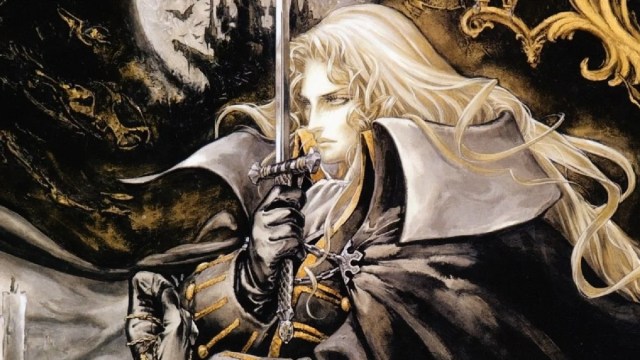
#1: Castlevania: Symphony of the Night
No two ways about it – Castlevania: Symphony of the Night isn’t just one of the best Metroidvanias, but also one of the best games of all time. I could sing praise to its gameplay, difficulty, features, and progression all day long, but instead of doing that, I’ll just point out how curious it is that Metroid has progressed so much from Super Metroid to Dread, while Symphony of the Night remains the ultimate blueprint for its niche.
There’s a timelessness present in Symphony of the Night that you won’t easily find in a video game. In some ways, it’s not outright better than Aria of Sorrow (which I feel has a superior difficulty curve), but the package as a whole is simply incredible. Dare I say unbeatable? Perhaps.

